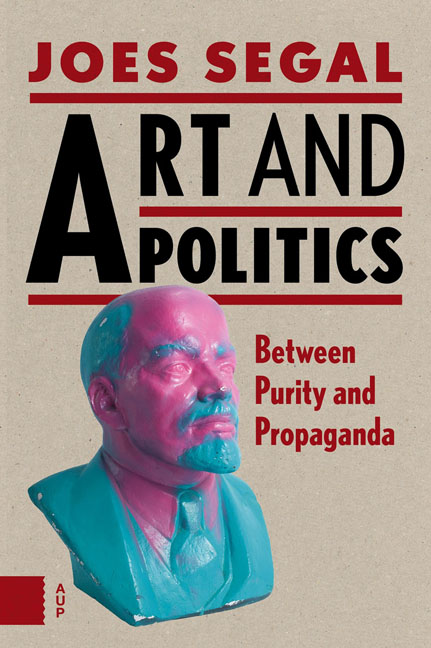Book contents
- Frontmatter
- Contents
- Introduction
- 1 Positive and Negative Integration: The First World War in France and Germany
- 2 Between Nationalism and Communism: Diego Rivera and Mexican Muralism
- 3 National and Degenerate Art: The Third Reich
- 4 Internal and External Enemies: The Cold War
- 5 From Maoism to Capitalist Communism: The People’s Republic of China
- 6 The In-Between Space: Kara Walker’s Shadow Murals
- 7 A Heavy Heritage: Monuments in the former Soviet Bloc
- Conclusion
- Notes
- Bibliography
- Index of names
7 - A Heavy Heritage: Monuments in the former Soviet Bloc
Published online by Cambridge University Press: 16 February 2021
- Frontmatter
- Contents
- Introduction
- 1 Positive and Negative Integration: The First World War in France and Germany
- 2 Between Nationalism and Communism: Diego Rivera and Mexican Muralism
- 3 National and Degenerate Art: The Third Reich
- 4 Internal and External Enemies: The Cold War
- 5 From Maoism to Capitalist Communism: The People’s Republic of China
- 6 The In-Between Space: Kara Walker’s Shadow Murals
- 7 A Heavy Heritage: Monuments in the former Soviet Bloc
- Conclusion
- Notes
- Bibliography
- Index of names
Summary
Since the dismantling of the communist regimes of Eastern Europe and the Soviet Union, post-communist states, both old and new, have been looking for new symbols to create a sense of collective identity. Next to the footage of the storming of the Berlin Wall on November 9, 1989, pulled-down, disassembled and blown-up Lenin monuments arguably make for the most impactful images of the political landslide of 1989/91. But what came in their place?
Monuments are the public art form par excellence. Not only are they accessible to all passers-by, they also occupy strategic places in public space. Purely decorative sculptures are usually the result of the vision of the artist, but when monuments serve a political purpose, the authorities in place tend to define the message. Such monuments aim to create a sense of belonging, for instance by constructing a canon of collective memory. By way of presenting specific historical persons and events as exemplary and worthy of emulation, they project an idealized, romanticized and often mystified image of the past on to the present. In contrast to advertisements in public space, durability is of central importance for monuments. The collective ideal is presented as timeless and universal, and defies the change of regimes and generations.
Because of their ‘timeless’ presence, in the long run monuments go unnoticed; they become a silent part of the everyday public environment, devoid of meaning. According to the Austrian writer Robert Musil, nothing is as invisible as a public monument. However, after a radical regime change, the meaning of monuments can all of a sudden fundamentally change, resulting in their renewed visibility. The French Revolution went hand in hand with the destruction of old monuments and the creation of new symbols for the republic; a few months after the Russian Revolution, Lenin signed a decree calling for the installment of new monuments throughout the country in correspondence with the ideals and feelings of the Russian working class. A regime change questions the universality of existing monuments.
The political landslide of 1989/91, although in most cases without violence, was hardly less radical than those of 1789 and 1917. How was the change of government and of political culture in the post-communist states reflected in their handling of communist monuments?
- Type
- Chapter
- Information
- Art and PoliticsBetween Purity and Propaganda, pp. 111 - 128Publisher: Amsterdam University PressPrint publication year: 2016



